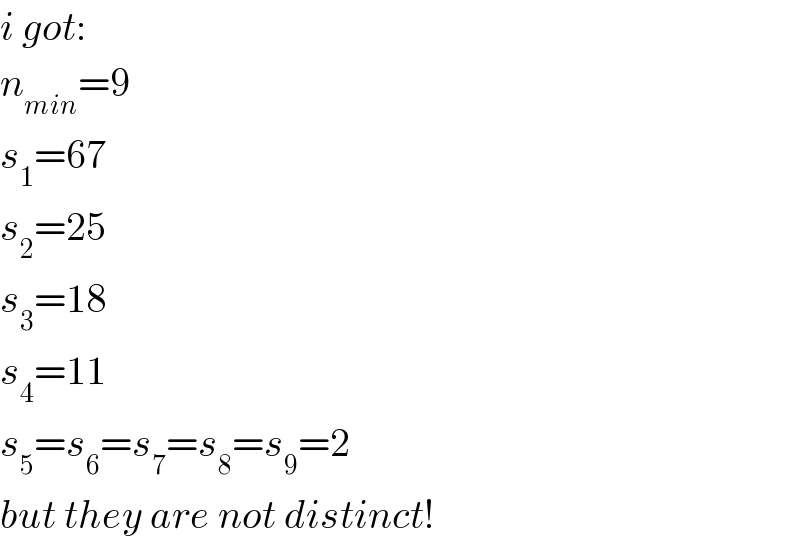Question Number 103908 by bobhans last updated on 18/Jul/20

Commented by Rasheed.Sindhi last updated on 18/Jul/20

Commented by bobhans last updated on 18/Jul/20

Answered by mr W last updated on 18/Jul/20

Answered by john santu last updated on 18/Jul/20

Commented by bobhans last updated on 18/Jul/20

Commented by mr W last updated on 18/Jul/20

